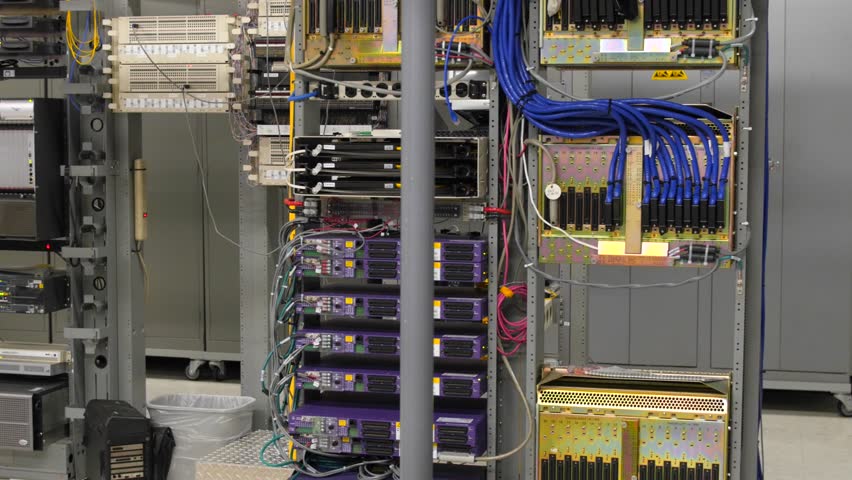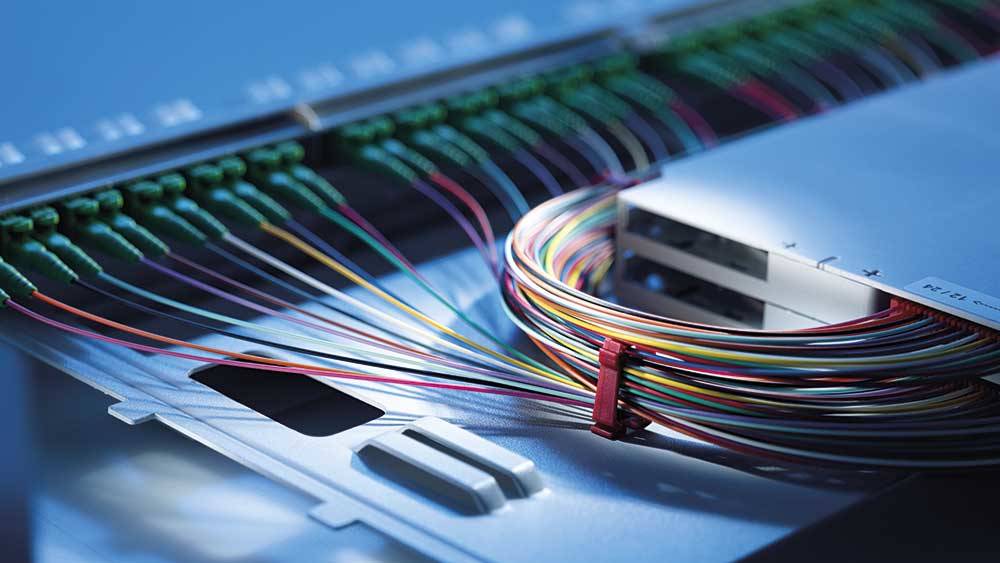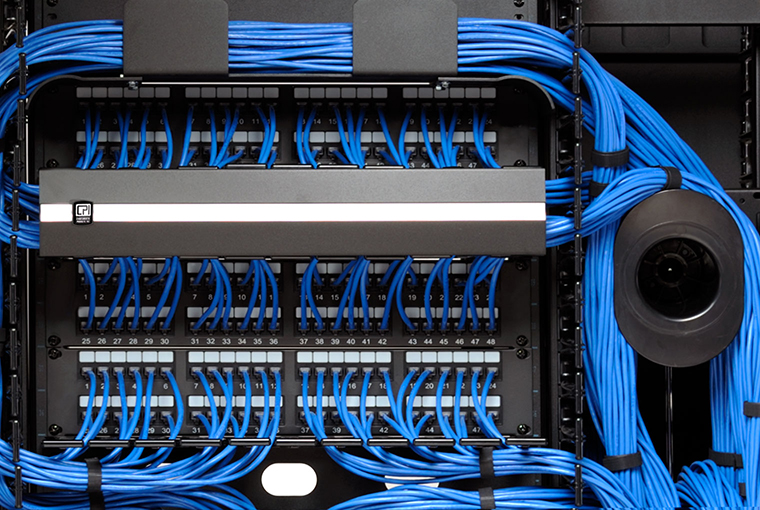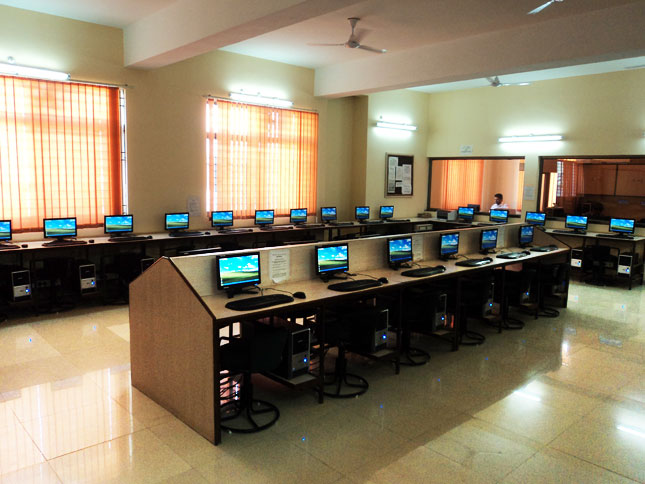
STRUCTURED CABLING
What is Structured Cabling?
The term structured cabling is like a buzzword in the cable management world. It plays an important role in dealing with the complicated and specific cabling. As a data transmission system, structured cabling supports data, multiple voices, video, and various management systems such as security access and energy system. Well, what is structured cabling? This article will address the importance of structured cabling and offer some tips on structured cabling installation.
What is structured cabling? Structured cabling is defined as building or campus telecommunications cabling infrastructure. Typically, it consists of a number of standardized smaller elements. In a structured cabling system, there is a structure created by a series of patch panels and trunks.

6 SUBSYSTEMS OF A STRUCTURED CABLING SYSTEM

Entrance Facility
Entrance facility includes the network demarcation point, cables, protection devices, connecting hardware, and other devices that connect with the on-premises cabling at the customer premises.
Equipment Room
The equipment room is a centralized location to house equipment and wiring consolidation points. It usually serves users inside the building or campus.


Telecommunication Room or Enclosure
Telecommunications room or enclosure should be an enclosed area. It is designed to house telecommunications equipment, cable terminations, cross-connects and distribution frames. Generally, each building has at least one telecommunications room or enclosure. And the size of the telecommunications room or enclosure is various based on the size of the service area.
Backbone Cabling
Telecommunications room or enclosure should be an enclosed area. It is designed to house telecommunications equipment, cable terminations, cross-connects and distribution frames. Generally, each building has at least one telecommunications room or enclosure. And the size of the telecommunications room or enclosure is various based on the size of the service area.


Horizontal Cabling
The horizontal cabling refers to the cabling between telecommunications information outlet in the work area and the horizontal cross-connect in the telecommunications room (TR) or telecommunications enclosure (TE). It contains the telecommunications outlet, optional consolidation points, horizontal cable, mechanical terminations, patch cords or jumpers located in the TR or TE. This kind of wiring usually runs above the ceiling or below the floor. What’s more, both Ethernet cable and fiber optic cable are usually used for horizontal cabling.
Work Area
Work Area is a place where work-area components are used to connect end-user equipment to communication outlets. The work-area components are also called cable components, including patch cables, communication outlets, and station equipment.

